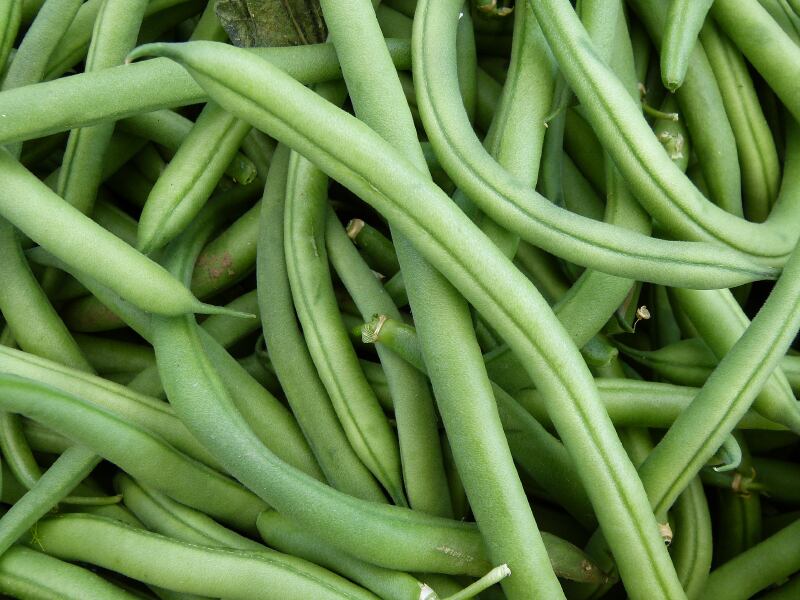According to Loma Linda University (LLU) researcher and study leader, Dr Helen Harwatt, the reduction in greenhouse gases (GHG) as a result of this dietary change would represent around 50 - 75% of national GHG reduction targets for the year 2020.
“The study is useful in demonstrating just how much of an impact changes in food production can make and increase the utility of such options in climate-change policy," Dr Harwatt said.
"The nation could achieve more than half of its GHG reduction goals without imposing any new standards on automobiles or manufacturing," added Dr Joan Sabate, executive director of the Center for Nutrition, Healthy Lifestyle and Disease Prevention at LLU School of Public Health.
The paper stresses the need for consumers to shift from animal-sourced to plant-sourced foods in order to slow down climate change.
The shift may be gathering momentum as the UK’s Department for Environment, Food & Rural Affairs (DEFRA) found that of 3000 participants, 85% said they would or maybe would change their diets for environmental improvements.
The survey also revealed 53% were willing to give up red meat.
According to Mintel, over a third of consumers in the US have switched to meat analogues—plant-based products that mimic animal foods in taste and texture.
Dr Harwatt added that animal-sourced meat was no longer a necessity.
“If beef is replaced by meat analogues, we expect similar GHG reductions to those presented for replacing beef with beans.
To further ease the implementation of such a policy, increasing awareness of the impacts food choices have on climate change and also on the urgency and importance of reducing the impacts of climate change are likely to be crucial.”
Study details

The paper describes the analysis of Life Cycle Assessment data on GHG emissions of beans and beef consumed in the US.
Using the targeted reduction for 2020 as a reference point, differences in GHGs resulting from replacing beef with beans for both calories and protein could then be calculated.
“Our results demonstrate that substituting one food for another, beans for beef, could achieve approximately 46 - 74% of the reductions needed to meet the 2020 GHG target for the US,” the study predicted.
“In turn, this shift would free up 42% of US cropland (692,918 km2) currently under cultivation -- a total of 1.65 million square kilometres or more than 400 million square acres, which is approximately 1.6 times the size of the state of California.”
Figures released by Euromonitor suggest meat substitutes in Europe are catching up with its meaty counterparts.
The 2015-2020 compound annual growth rate (CAGR) for meat substitute volume sales in Germany is expected to be 12% whereas it will be -1% for processed meat volume sales.
Worldwide, meat substitute sales surged from 163,000 tonnes in 2015 to 183,000 tonnes in 2016.
Meat analogues in Europe
Meat analogues currently represent less than 1% of the meat market but speaking to FoodNavigator last month, Peter Verstrate, CEO at Mosa Meats said: “It’s moving, but no-one knows where and how fast. Indeed, there are hurdles – and not just regulatory or technical ones.”
Feed to fuel the meat substitutes would need to be authenticated and “that’s the biggy”, he added.
“Key traits position livestock production as a prime target for climate policy,” the study concluded.
“The relatively immediate impact compel dietary shifts away from livestock products as important tools for mitigating anthropogenic climate change and particularly for avoiding near-term global temperature rise.“
Source: Climate Change
Published online ahead of print: DOI 10.1007/s10584-017-1969-1
“Substituting beans for beef as a contribution towards U.S. climate change targets.”
Authors: Helen Harwatt, Joan Sabate, Gidon Eshel, Sam Soret & William Ripple
